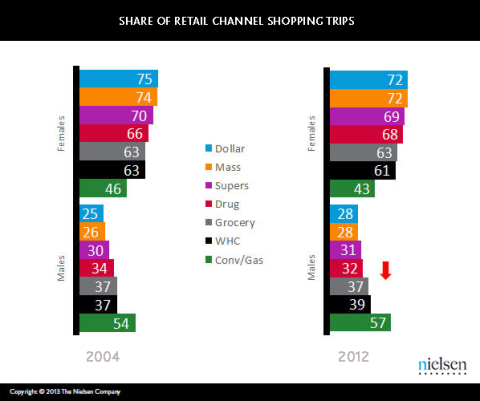Marketing to Women: The Economy Driven By Top 5%
August 9, 2010 § Leave a comment
An important article from Wall Street Journal’s The Wealth Report: U.S. Economy Is Increasingly Tied to the Rich shows how important consumer spending is to the economy, and who is able to spend us out of this post recession malaise. Here are the facts:
•Consumer spending accounts for tw0-thirds of the U.S. GDP
•5% of Americans by income account for 37% of all consumer spending. (Not surprising when you understand that top 10% of all income earners account for half of all income.)
•80% by income account for 39.5% of all consumer outlays
The percentage of spending attributed to the wealthy has been growing over the past few years. According to WSJ, “In the third quarter of 1990, the top 5% accounted for 25% of consumer outlays. That held relatively steady until the mid-1990s, when it started inching up past 30%. It dipped in 2003 and again in 2008, but started surging in 2009 amid the greatest bull market rally in history, with the Dow Jones Industry Average rising nearly 50% in the last nine months of the year.”
It seems that two trends are attributing to this growth – one was the pent-up demand by the wealthy created during the recession, and the second was the middle class and lower groups that have been dealing with mortgage crisis and lingering unemployment.
And as most of you know, this recession has been a Mancession, putting more pressure on the women to keep their jobs and manage the household budgets.
Women now control 60% of all wealth in the United States. Based on research by Allianz Life Insurance Company of North America, American women are better educated, enjoying more successful careers and leading a social and economic shift in American households.
With this new economic power and a tendency to be more conservative in spending, the consumer spending cutbacks can also be attributed to the women’s fear that the recession is not really over.
The Unity Marketing’s Luxury Consumption Index that tracts affluent spending has stalled at 78.3 points in July 2010 as affluent consumers continue to reflect uncertainty about the future of the economy. One of the key measures of the index shows that 36% of luxury consumers think the country is a whole lot worse off now as compared with three months ago, when only 31% thought we were worse off.
Basically three out of four luxury consumers believe that the recession is not over, and since the women are the spenders, we are going to have to feel more secure to start spending our way out of this monetary malaise.


